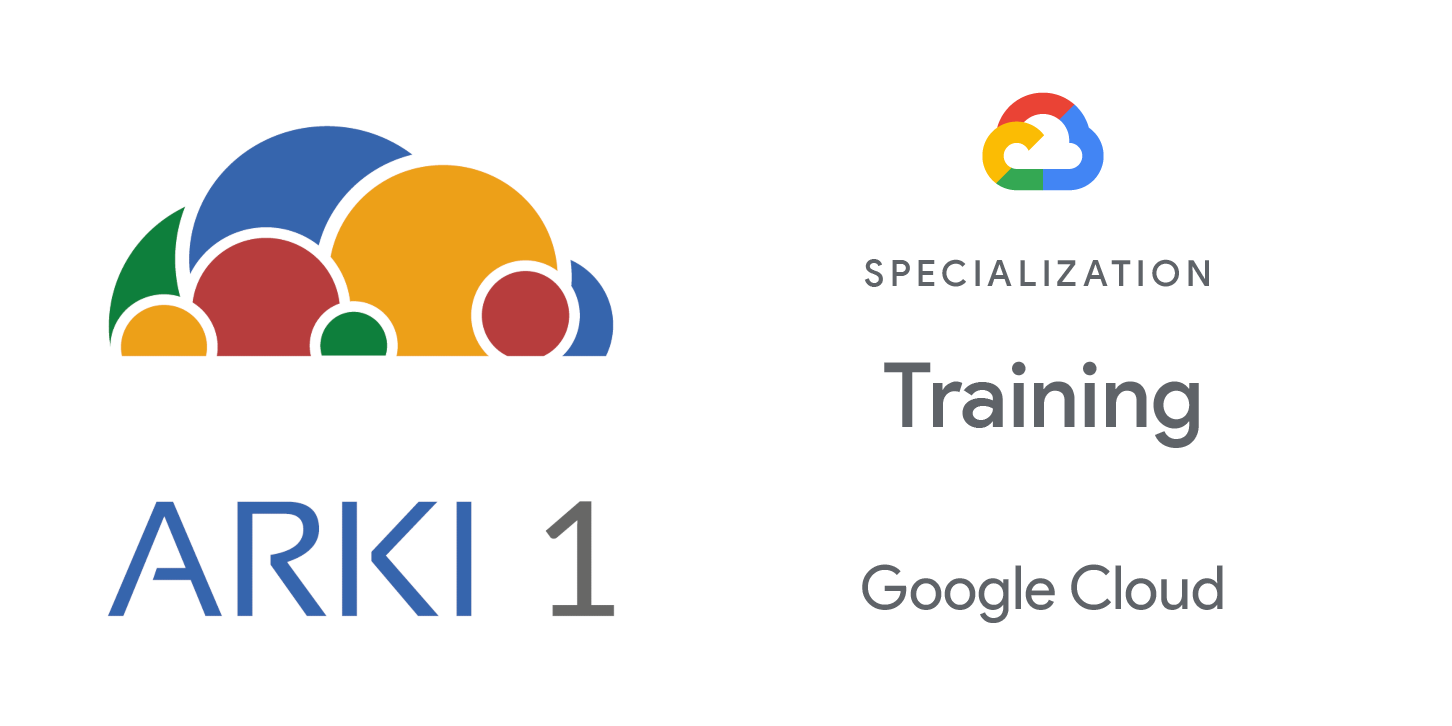Aprenda a instalar e gerenciar a plataforma de API Apigee do Google Cloud em uma nuvem híbrida. Este curso utiliza palestras, um laboratório e recursos complementares para mostrar como instalar, gerenciar e escalar sua plataforma de API Apigee.
Objetivos
Neste curso, os participantes aprenderão as seguintes habilidades:
- Identificar o propósito e o valor da plataforma de API Apigee.
- Descrever conceitos básicos e capacidades do Google Cloud, Kubernetes, REST e Anthos.
- Discutir a arquitetura da plataforma de API Apigee e as práticas recomendadas para o design de topologia.
- Explicar a terminologia da Apigee e as estruturas organizacionais lógicas.
- Instalar o Apigee híbrido no Google Kubernetes Engine.
- Discutir práticas de segurança da infraestrutura, gestão de acesso de usuários, armazenamento de dados e criptografia usadas no Apigee híbrido.
- Gerenciar ambientes no Apigee híbrido.
- Discutir o planejamento de capacidade e a escala dos componentes de runtime no plano de runtime híbrido.
- Descrever o processo de atualização e rollback utilizado na instalação do Apigee híbrido.
- Solucionar problemas e monitorar os componentes do plano de runtime híbrido usando logs, métricas e análises.
Público-Alvo
Este curso é destinado ao seguinte público:
- Arquitetos de Nuvem, Engenheiros de Nuvem e Especialistas em Operações.
Pré-requisitos
Para aproveitar ao máximo este curso, os participantes devem ter:
- Familiaridade com comandos do Linux e interface de linha de comando.
- Compreensão básica do Google Cloud.
- Compreensão básica do GKE.
- Compreensão básica de redes.
- Compreensão básica de scripts shell, XML, JSON, HTTP, REST e TLS.
Duração
24 horas (3 dias)
Investimento
Consulte o valor atualizado e datas das próximas turmas abertas em nossa página de inscrições.
Caso tenha interesse em uma turma fechada para sua empresa, entre em contato conosco.
Resumo do curso
O curso inclui apresentações, demonstrações e laboratórios práticos.
- Describe the Apigee API management platform, and the services and features it provides.
- Describe basic concepts and the capabilities of Google Cloud, Kubernetes, REST, and Anthos.
- Describe the architecture and networking used in Apigee hybrid and the various components that are used to operate the runtime plane.
- Describe the terminology, organizational structure, and the management API used in Apigee hybrid.
- Describe the process involved in installing Apigee hybrid.
- Describe the tools and commands used to configure and manage the components of the hybrid runtime plane.
- Perform an installation of the Apigee hybrid runtime plane in a Kubernetes cluster on GKE.
- Configure the Apigee hybrid runtime plane.
- Configure Apigee hybrid environments and environment groups by using the Apigee hybrid UI.
- Deploy simple API proxies to the Apigee hybrid environments.
- Validate Apigee hybrid environments by testing API proxies.
- Manage environments and API proxy deployments in Apigee hybrid.
- Determine how hybrid runtime components communicate securely within the runtime plane and with the hybrid management plane in Google Cloud.
- Describe how data is encrypted and how you can use role-based access control to manage user access in Apigee hybrid.
- Determine how to plan capacity for the Apigee hybrid runtime plane.
- Scale the Apigee hybrid runtime components.
- Upgrade an Apigee hybrid installation to a new release of the software distribution.
- Discuss rolling updates and how to roll back an upgraded Apigee hybrid installation to the previous release.
- Explain how the Apigee runtime plane generates logs, metrics, and analytics data.
- Monitor the health of Apigee hybrid runtime plane components.
- Troubleshoot issues with those components by using logs and metrics data.


